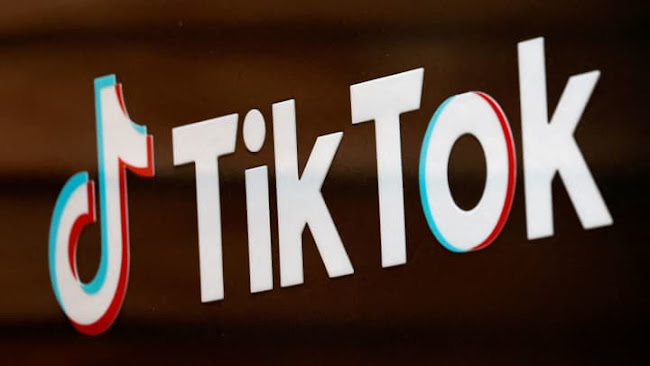Embarking on a New Frontier: NASA Astronauts Ready for Boeing's Groundbreaking Human Spaceflight
NASA astronauts arrive for Boeing's first human spaceflight
NASA astronauts Butch Wilmore (R), and Suni Williams speak to the media after they arrive at the Kennedy Space Center, Cape Canaveral, Florida, U.S., April 25, 2024. /AP
Introduction:
The journey towards expanding human presence in space reaches a pivotal juncture as NASA astronauts prepare for Boeing's inaugural human spaceflight. This momentous occasion not only marks a significant milestone for Boeing but also underscores the collaborative efforts between private companies and government agencies in pushing the boundaries of space exploration.
Setting the Stage for Boeing's Human Spaceflight:
Boeing is on the cusp of a historic moment as it gears up for its first human spaceflight mission, named Starliner 1. The mission aims to launch the CST-100 Starliner spacecraft to the International Space Station (ISS), a testament to the growing capabilities of commercial space travel.
Unveiling the Crew and Mission Details:
Three distinguished NASA astronauts—Sunita Williams, Josh Cassada, and Jeanette Epps—have been selected to embark on this groundbreaking journey aboard the Starliner spacecraft. Their arrival at NASA's Kennedy Space Center in Florida signals the commencement of rigorous training and preparation for the mission ahead.
Training and Preparation Protocols:
In preparation for the Starliner 1 mission, the astronauts will undergo comprehensive training encompassing simulations, equipment familiarization, and safety procedures. Their training regimen is designed to ensure readiness for all aspects of the mission, including launch, rendezvous with the ISS, and return to Earth.
Crafting the Starliner:
Boeing's Starliner spacecraft represents the culmination of years of research, development, and collaboration. Designed to transport astronauts to and from the ISS, the Starliner offers a domestic alternative to the Russian Soyuz spacecraft currently utilized for crew transportation. This strategic shift aims to reduce dependence on foreign launch providers and bolster America's leadership in space exploration.
Quotes and Reactions:
NASA Administrator Bill Nelson expresses optimism about the upcoming mission, stating, "We're excited to be working with Boeing to advance human spaceflight and further expand our capabilities in low-Earth orbit." His sentiment reflects the shared commitment of NASA and Boeing towards pushing the boundaries of space exploration.
John Vollmer, Boeing's Vice President and Program Manager for Commercial Crew, echoes this sentiment, emphasizing the dedication of the team involved in preparing for the mission. He underscores Boeing's unwavering focus on safety and mission success, highlighting the rigorous testing and quality control measures implemented to ensure the reliability of the Starliner spacecraft.
Navigating Challenges and Ensuring Safety:
As with any space mission, safety remains paramount. Boeing has drawn upon lessons learned from previous missions, including the uncrewed Orbital Flight Test in 2019, to enhance the Starliner spacecraft's performance and resilience. Rigorous testing and quality assurance protocols have been implemented to mitigate risks and ensure the safety of the astronauts onboard.
Charting the Course for the Future:
The success of Boeing's inaugural human spaceflight holds profound implications for the future of space exploration. It signifies a paradigm shift towards increased collaboration between government agencies and commercial partners, heralding a new era of innovation and discovery in space.
Furthermore, the availability of multiple spacecraft options for transporting astronauts to the ISS could foster healthy competition and innovation within the commercial space industry. This competitive landscape may drive down costs, accelerate technological advancements, and ultimately pave the way for broader participation in space exploration endeavors.
Conclusion:
Boeing's forthcoming human spaceflight represents a monumental leap forward in humanity's quest to explore and inhabit space. With NASA astronauts poised to embark on this historic mission, the world eagerly anticipates the next chapter in our collective journey beyond the confines of Earth. As preparations intensify and the countdown to launch begins, the spirit of exploration and discovery propels us towards a future where the stars are within reach.
Disclaimer:
The following summary is based on the article "NASA astronauts arrive for Boeing's first human spaceflight" sourced from CGTN News. While efforts have been made to provide an accurate representation of the article's key points and implications, readers are encouraged to refer to the original source for complete information and context. The views and opinions expressed in the summary are those of the original article's author(s) and do not necessarily reflect to the summarizer.
Original News Article Link: NASA astronauts arrive for Boeing's first human spaceflight.




Comments
Post a Comment